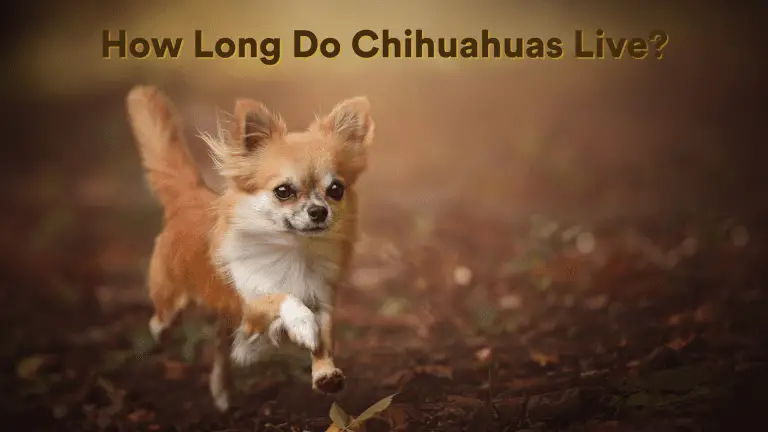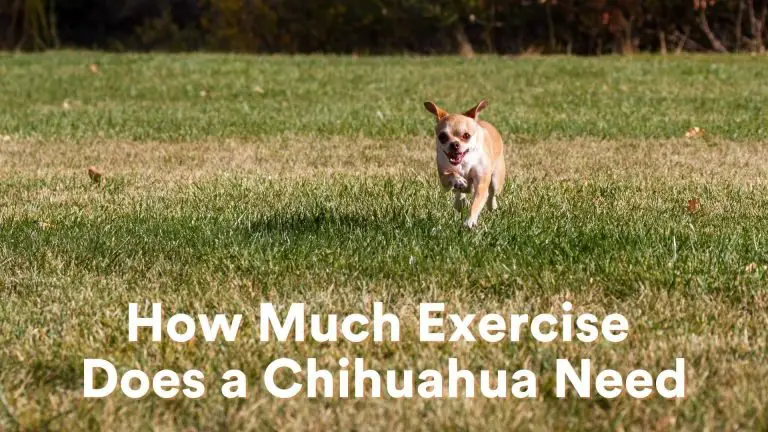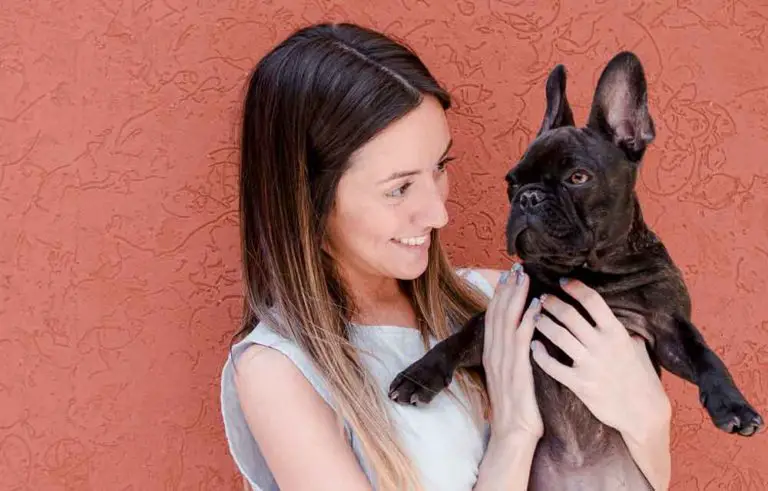Teach A Dog To Take A Treat Gently in 10 Easy Steps
Giving your dog a treat should be a win-win situation for you and your pooch. However, that’s more often not the case, especially when dealing with a grabby dog.
While it may not be in the dog’s mind to cause you any harm, it’s a very annoying experience when your dog tends to take your hand off when picking a treat from it.
But that’s where almost every dog has to begin. Even the gentlest dogs can lose their calmness when fetching their favorite treat from your palm.
Nevertheless, the good thing about our adorable furry friends is that they allow us to modify their behavior to conform to our requirements.
If you find giving your dog a treat to be an embarrassing moment, you need to train your dog on doing it pleasantly. Teach a dog to take a treat gently in ten easy steps below!
Step 1: Proper Timing Is Key
Most experts recommend giving dogs treats between meals. However, you want to make the training session as peaceful as possible.
For training, a short moment after a meal is the most appropriate time. At this time, pups are more relaxed since they already have something in their stomach.
That means they are not likely to behave aggressively towards food as they would when hungry. After training, you can switch to the time once your dog learns to get the treat in a gentle and more civilized manner.
Step 2: Choose the Treat
The second step of the process is selecting the right treat to give to your canine. Since pups have a beastly appetite, they will take almost everything you offer.
The ball is in your court to decide what to give and what to avoid. When choosing any pet product, always treat your dog’s health with the utmost priority.
Not all human treats are safe for your four-pawed friend. Some delicious options like chocolate aren’t healthy for canines. Other treats to avoid giving your furbaby include those containing Xylitol.
The list of things you need to avoid is endless. If you are uncertain about what’s healthy for your dog and what isn’t, it’s better to settle for treats formulated for canines. This way, you will be sure that you aren’t putting your dog’s life on the line.
Step 3: Place the Treat In Your Hand
You’ve identified the appropriate time and the right treat for your dog. Well done. The next thing is to place the treat on your hand.
But before that, have your adorable canine near you. Your dog needs to see what you have in your hand. Also, ensure that you begin with a tiny treat.
Now, next is to form a fist. At this point, if your dog isn’t one of the gentlest guys, he may end up hurting your hand. To avoid injuring your hand, it’s a wise thing to wear gloves for the first few times.
A simple pair of gardening gloves may go a long way to offer protection should your canine go to that extreme.
Step 4: Have Your Dog Relax
Remember that dogs typically have an appetite the size of Texas. That’s why they may lose their gentleness or show some aggression when it’s mealtime.
You have to ensure that your dog grows calm before you present the treat. At this point, you can use some commands to help your dog relax.
If your furbaby knows what you mean when you say “sit” or “gentle”, using these cues at such a time may help to have him relax.
Remain patient until your dog is fully relaxed. It may take a while for your canine to relax when on an empty stomach.
Step 5: Uncurl Your Fingers
Your dog is sat and relaxed. But don’t let that fool you. It doesn’t mean that he will retain the state once he sees the treat. Slowly uncurl your fingers.
Once you notice that the dog is losing the gentleness, maybe by trying to get closer to your hand, form a fist again.
You simply want to pass the message that you are only going to give the treat once he remains relaxed. You want to reinforce calmness this time.
Repeat this process until when the dog doesn’t seem to behave badly once you open your fingers.
Step 6: Feed The Dog
The next step is to give your dog the treat. Use your other hand to pick a small treat from the palm holding them. Give it to your dog.
When you notice your dog behaving badly, repeat the previous step. You may need to be a little patient with some dogs than others.
However, once you follow the right training procedure, with time every dog can eventually learn to retrieve a treat from your hand without hurting the innocent fingers.
Step 7: Different Treats
One crazy thing about dogs is that they will associate a certain behavior to only what was used in the training. If you train them using one treat, your pooch will behave appropriately when giving that treat and inappropriately when giving another one.
That’s not the way you want your canine to behave. Your dog needs to know that you want them to behave the same way every time you are feeding them any treat.
To have that sink in their mind, repeat the process using other types. Remember to keep the calorie-intake into consideration when repeating the process with different treats. That’s another reason you need to keep the treats as tiny as possible.
Step 8: Go to Different Places
If you have trained your dog to respond to some cues, you will agree with me that the location matters a lot. For example, if you teach your dog to “sit” in the kitchen, he may not respond to the command when outside the kitchen.
Don’t take that for stubbornness. That’s their nature. In the same way, once you do this training in one place, your lovely pooch may not conduct himself in the same manner when giving the same treat in a different location.
Try and do the training from several areas in your home. That way, your dog will learn that it’s an etiquette you want him to uphold no matter the location.
Step 9: Use Different People
Another thing you need to be aware is that your dogs may conduct themselves well towards the trainer and badly to another person.
However, you want them to act in the same way when with anyone. You will need to bring in other people at this step. Ensure that all the persons you use follow the same procedure.
This way, you will avoid confusing your dog. Using other people makes the dog understand that they are to behave the same way when receiving treats from anyone.
Step 10: Make It A Norm
Every time you give your dog a treat and see him avoiding the right approach, always be ready to correct the behavior. Correction involves repeating some steps of this process.
If you proceed to give the treat, that means you are training your dog to disregard everything you had taught earlier.
Training your dog to behave in a trained manner always helps them understand that you want them to act in the same way at all times.
How long can it take your dog to learn taking a treat gently?
The period it will take your dog to learn depends on a few factors. The level of intelligence is a case in point. Smart dog breeds like Border Collie, Labradors, Poodles, and German Shepherds will require less time to learn the art than less intelligent dog breeds.
Another determinant is the personality of your dog. Gentle dogs have a head-start in learning how to take a treat gently over those that are aggressive.
Also, dogs that are more willing to impress will learn faster than those that tend to have a mind of their own.
Thankfully, all dogs are trainable. With patience, dedication, and consistency, you can train any dog to behave in the exact manner you want of them.


![Can Chihuahuas Eat Banana? [Safe or Not!]](https://atractivopets.com/wp-content/uploads/2021/08/How-to-Connect-AirPods-to-Dell-Laptop-2-768x432.png)




![Are Dryer Sheets Toxic for Dogs? [What to Do!]](https://atractivopets.com/wp-content/uploads/2021/01/Dryer-Sheet-are-toxic-for-dog-768x511.jpg)